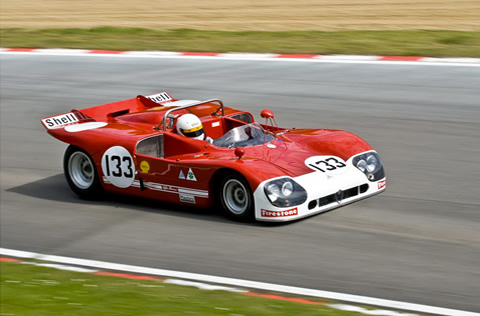‘POWER ASSISTANCE by PARALLEL MOTION’

In Watt’s New Double-Acting Engine, The Piston Produced Power On Both The Upward And Downward Strokes, So A Chain Could Not Be Used To Transmit The Force To The Beam.
Watt designed the parallel motion to transmit force in both directions whilst keeping the piston rod vertical. He called it ‘parallel motion’ because both the piston and the pump rod were required to move vertically, parallel to one another.
In a letter to his son in 1808 describing how he arrived at the design, James Watt wrote “I am more proud of the parallel motion than of any other invention I have ever made.”
The parallel motion differed from Watt’s linkage by having an additional pantograph linkage incorporated in the design. This did not affect the fundamental principle but it allowed the engine room to be smaller because the linkage was more compact.
 PEDIGREE
PEDIGREE HIGHLIGHTS
HIGHLIGHTS TIMELINE
TIMELINE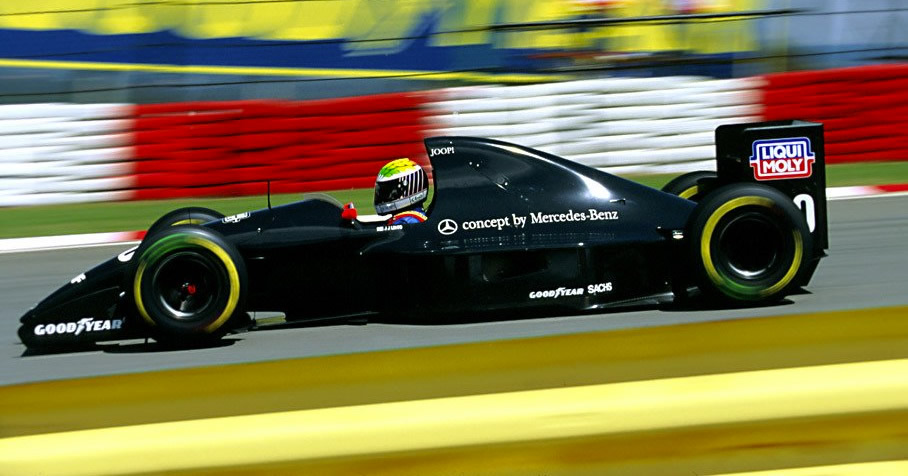 LEGACY
LEGACY LEGENDS
LEGENDS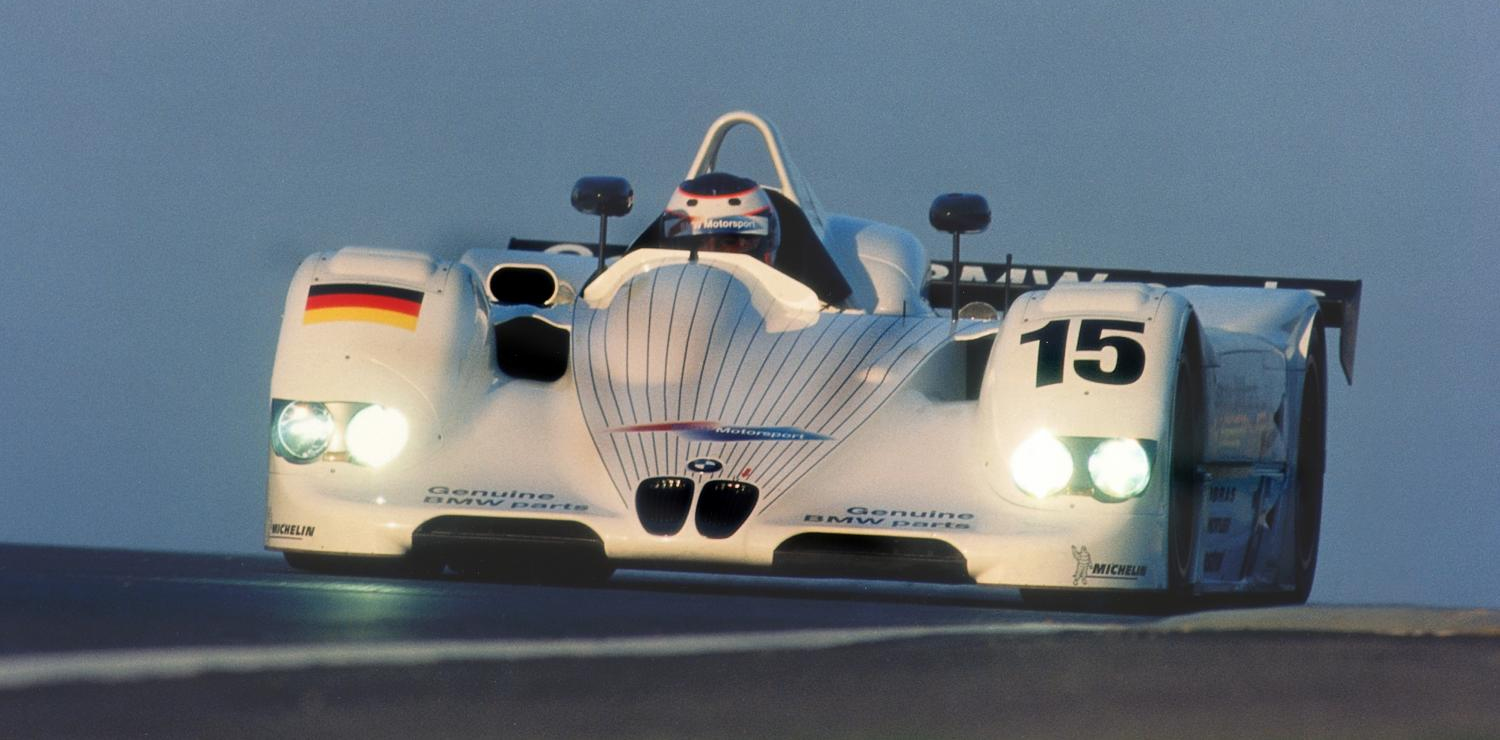 THE NAME
THE NAME Phase PA – F1™
Phase PA – F1™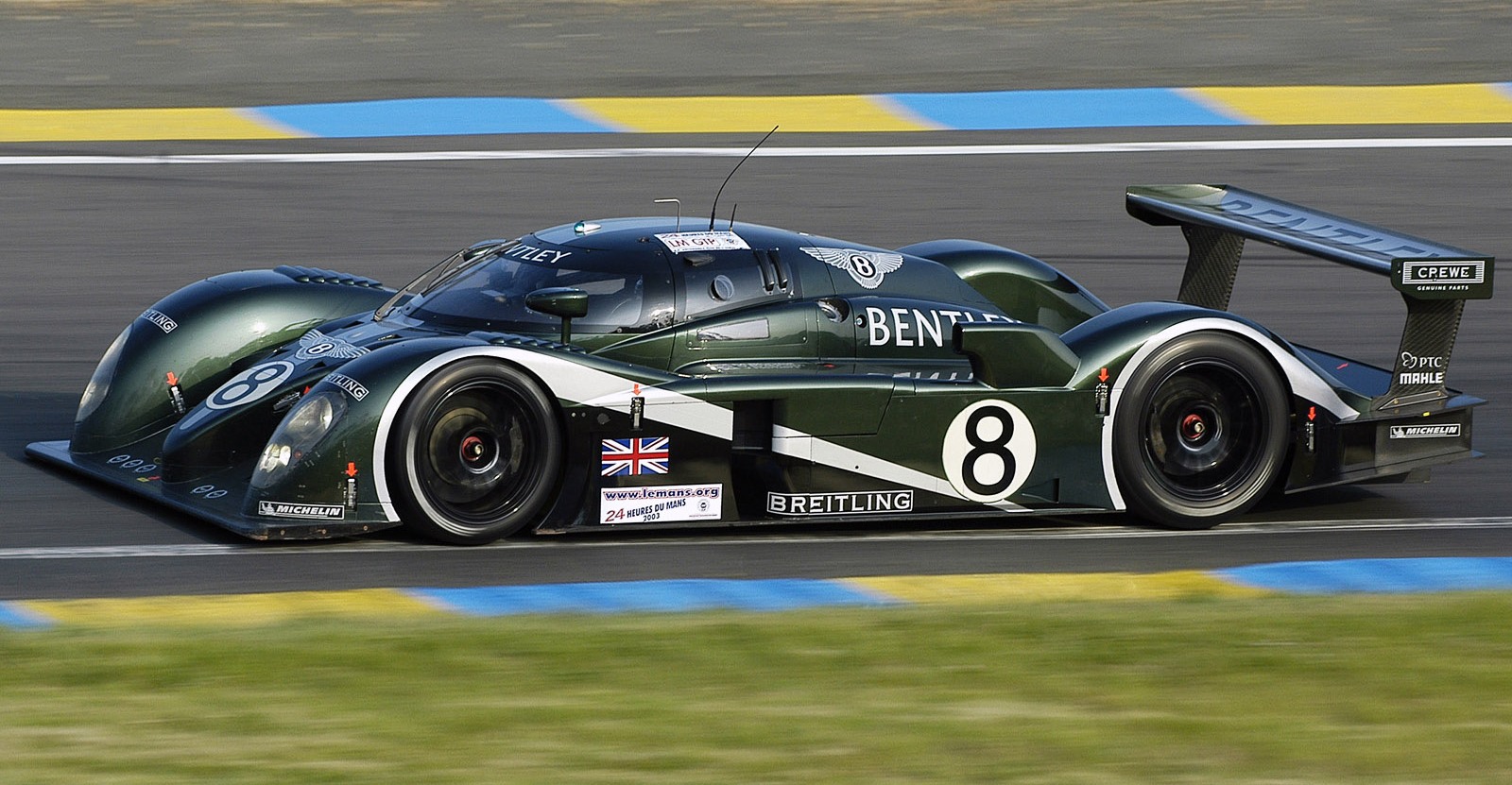 Phase CS – LE MANS
Phase CS – LE MANS Phase OR – Hypercar
Phase OR – Hypercar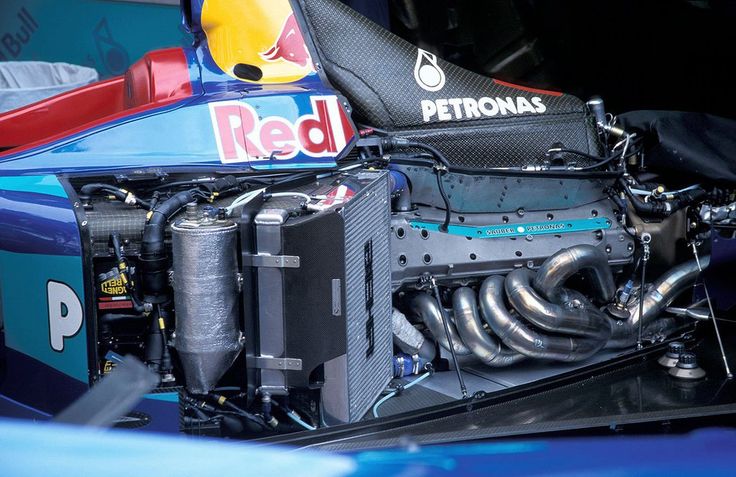 INCONEL
INCONEL CARBON FIBRE
CARBON FIBRE STAINLESS STEEL
STAINLESS STEEL TITANIUM
TITANIUM ALUMINIUM
ALUMINIUM THERMAL BARRIERS
THERMAL BARRIERS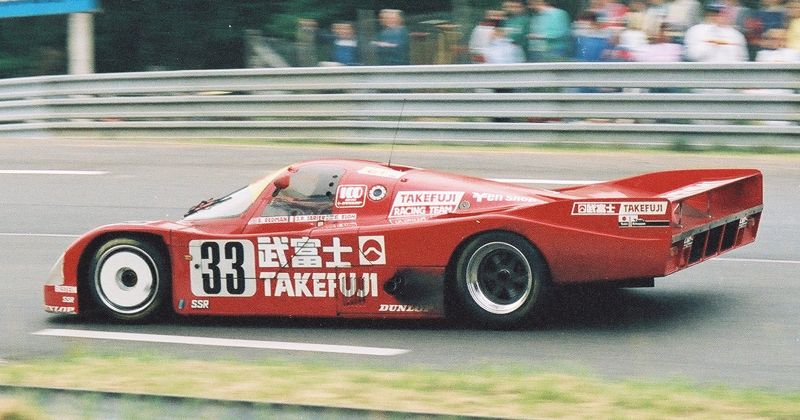 PRESS
PRESS CONTACTS
CONTACTS PHILOSOPHY
PHILOSOPHY

